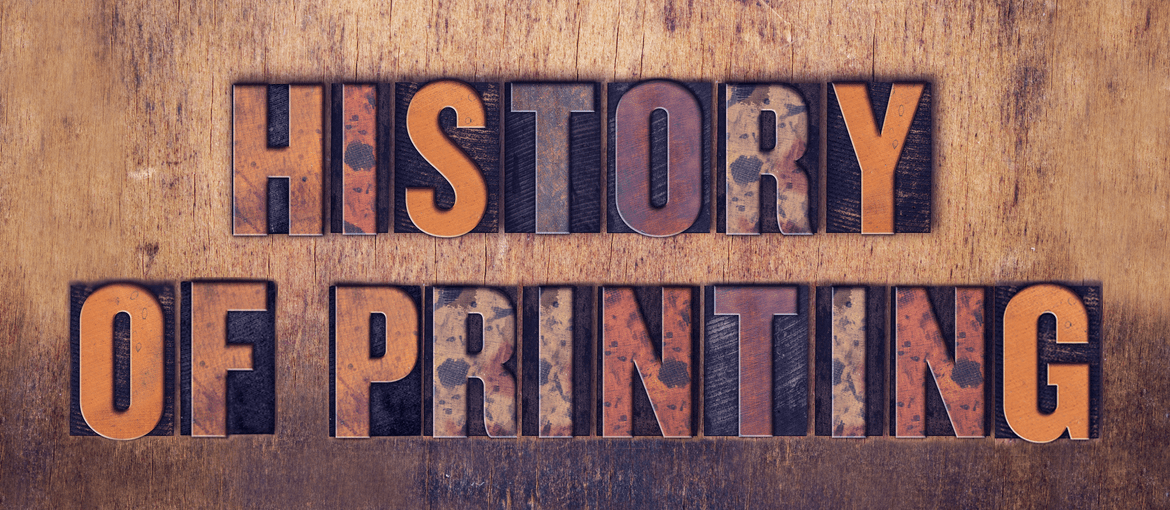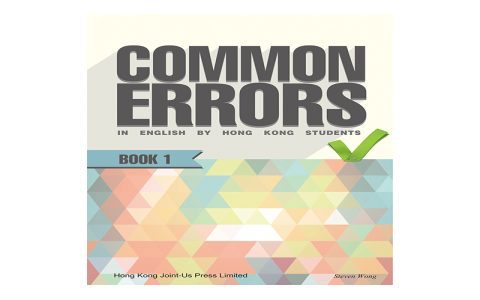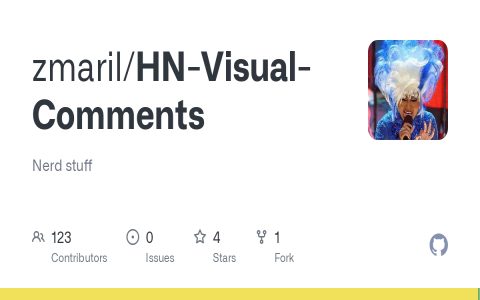Print history encompasses the evolution of technologies and methods used to reproduce text and images. Understanding its key milestones provides crucial context for communication, information dissemination, and cultural development.
Ancient Origins & Early Methods
- Seals & Stamps (c. 6000 BCE): The earliest forms, using carved objects pressed into clay or wax to create impressions.
- Clay Tablets (c. 3500 BCE): Mesopotamian scribes impressed characters into wet clay using styluses.
- Woodblock Printing (c. 200 CE - China): A revolutionary technique where images/text were carved in relief on wood blocks, inked, and pressed onto paper or cloth. Perfected for books like the Diamond Sutra (c. 868 CE).
The Printing Revolution
- Movable Type (c. 1040 CE - China/Korea): Bi Sheng invented ceramic, and later metal, individual characters that could be arranged and reused. Korea advanced metal type significantly.
- Gutenberg's Press (c. 1450 - Europe): Johannes Gutenberg integrated existing technologies (screw press, metal casting) with key innovations:
- Durable, precisely cast metal type (alloy).
- Oil-based ink suitable for metal and paper.
- The printing press allowing uniform pressure.
This enabled efficient mass production, starting with the Gutenberg Bible (c. 1455).
Industrialization & Innovation
- Iron Hand Presses (Early 19th C.): Stronger iron frames replaced wood (e.g., Stanhope press), increasing power and print size.
- Steam-Powered Presses (1814): Friedrich Koenig's press used steam to drive a cylinder, dramatically boosting speed and volume. Enabled mass-market newspapers.
- Rotary Press (c. 1843): Richard Hoe's press used curved plates on cylinders for continuous, high-speed web printing.
- Offset Lithography (Late 19th/Early 20th C.): Based on the principle that oil and water repel. The image on a plate is transferred (offset) to a rubber blanket cylinder before printing onto paper. Became dominant for commercial printing.
Modern Era
- Phototypesetting (Mid 20th C.): Replaced "hot metal" typesetting by projecting characters onto photosensitive paper/film.
- Laser Printers (1970s): Used lasers to create electrostatic images on a drum, attracting toner for transfer to paper. Revolutionized office printing.
- Inkjet Printing (Late 20th C.): Propelled tiny droplets of ink onto paper directly from digital files. Enabled affordable color printing.
- Digital Printing (Late 20th C. - Present): Direct printing from digital files to various substrates without physical plates. Includes high-speed laser and inkjet presses for on-demand and variable-data printing.
- 3D Printing (Additive Manufacturing): While distinct, it shares the "printing" concept of building objects layer by layer from digital data.
Print history demonstrates a continual drive towards greater efficiency, accessibility, and quality, profoundly shaping human knowledge and society from ancient seals to today's digital presses.













